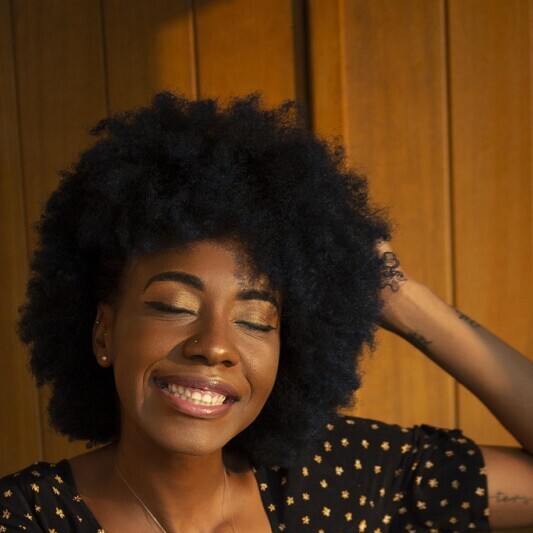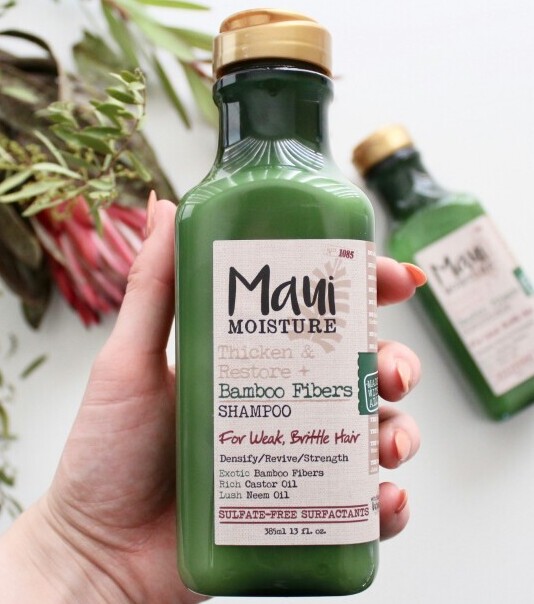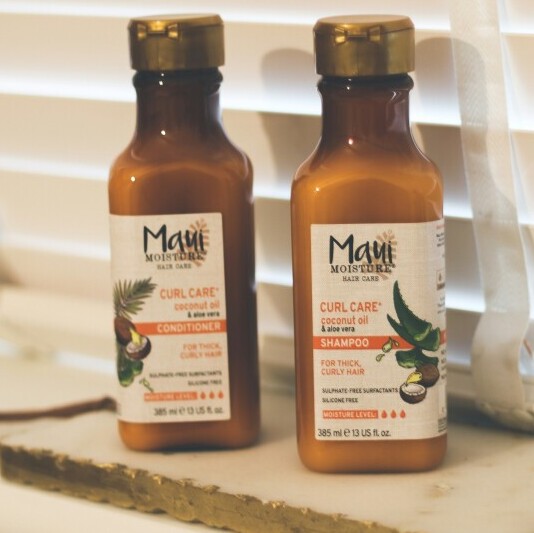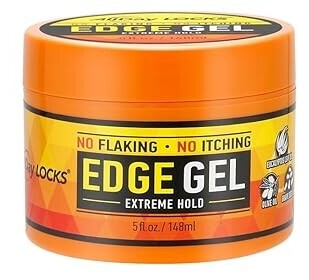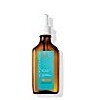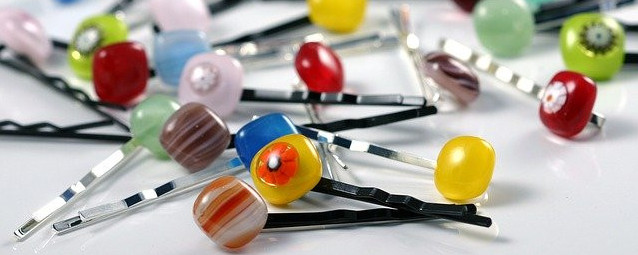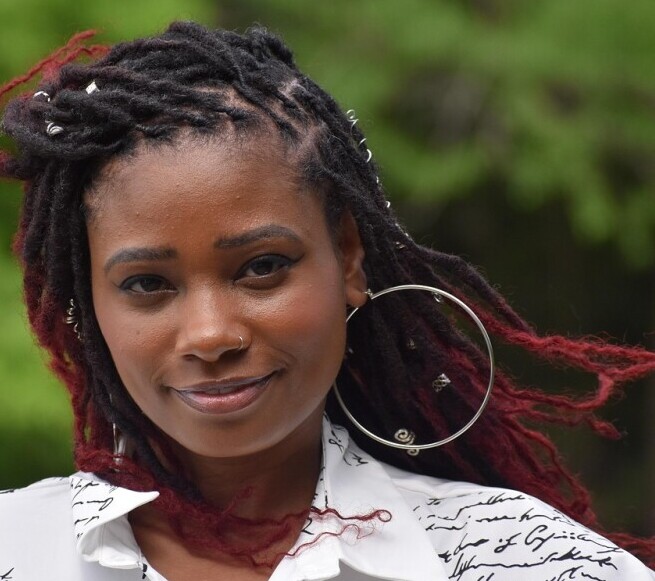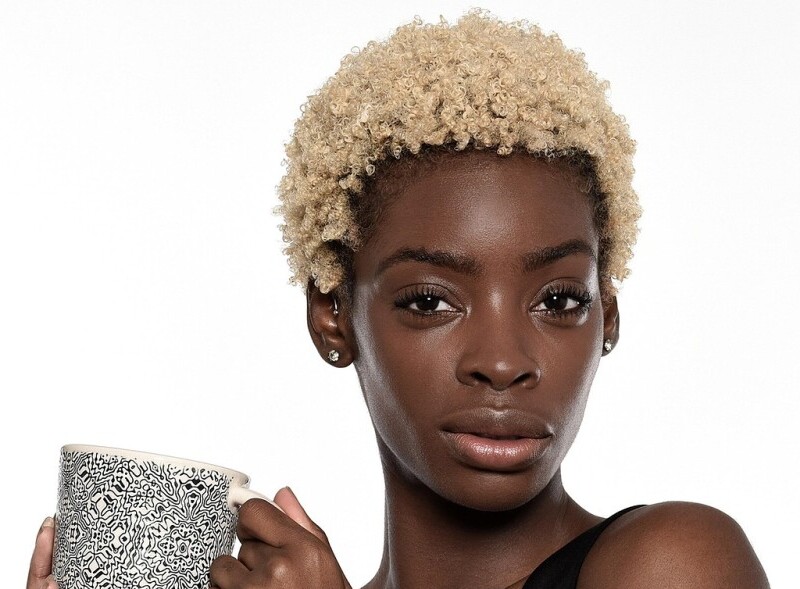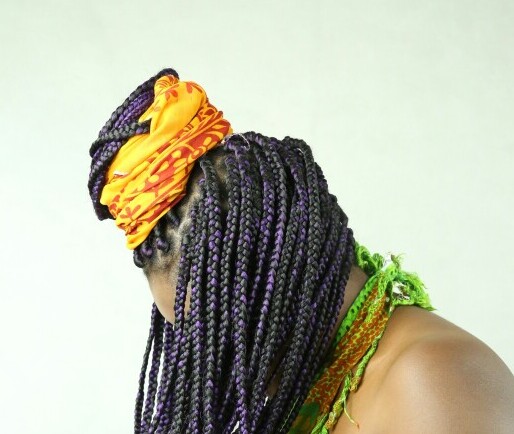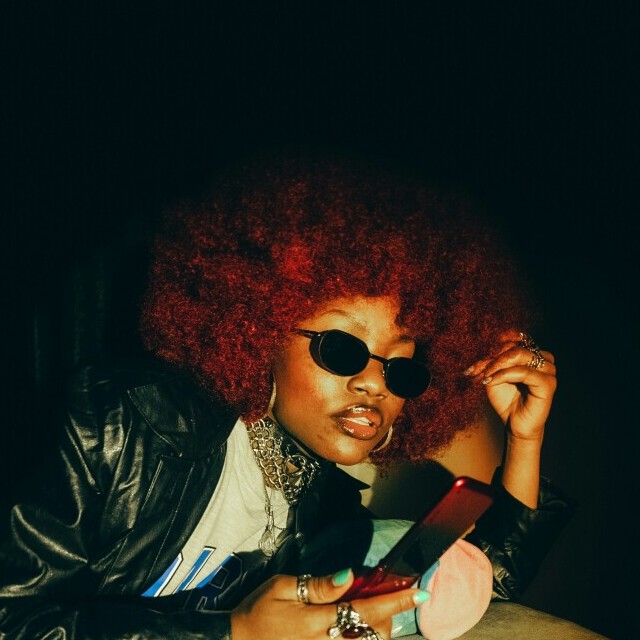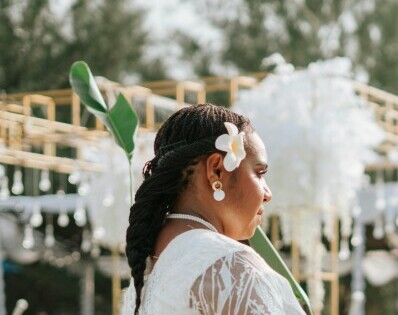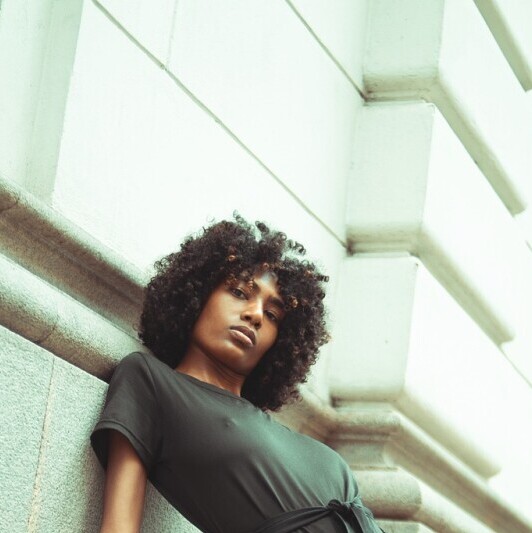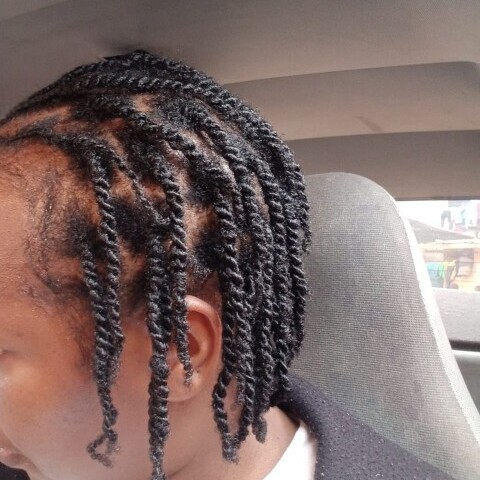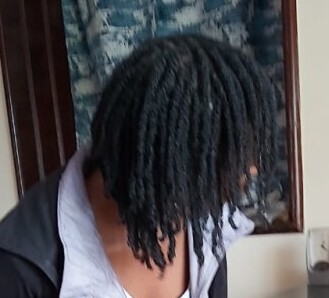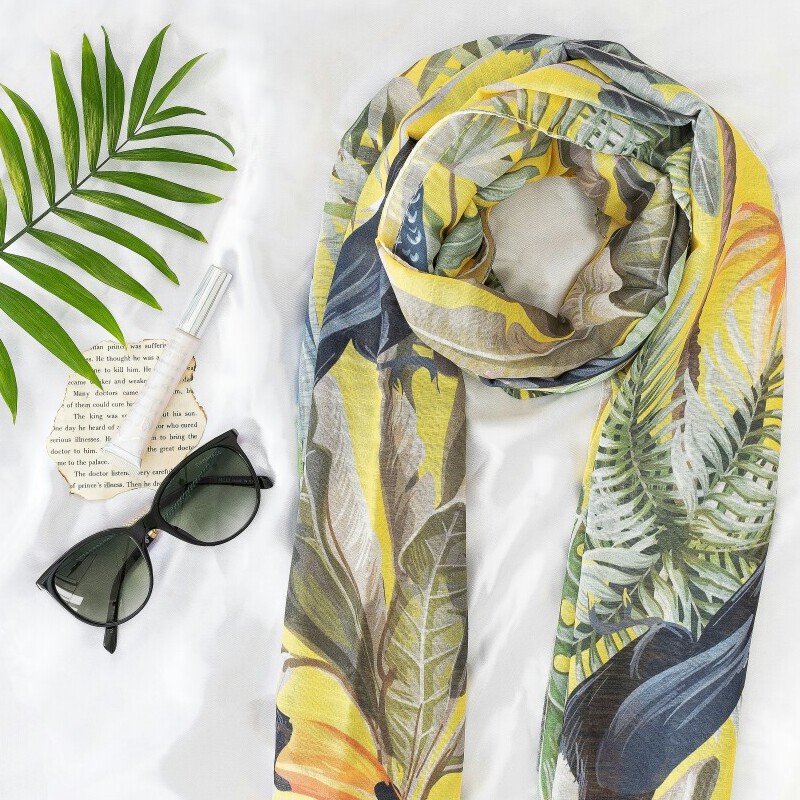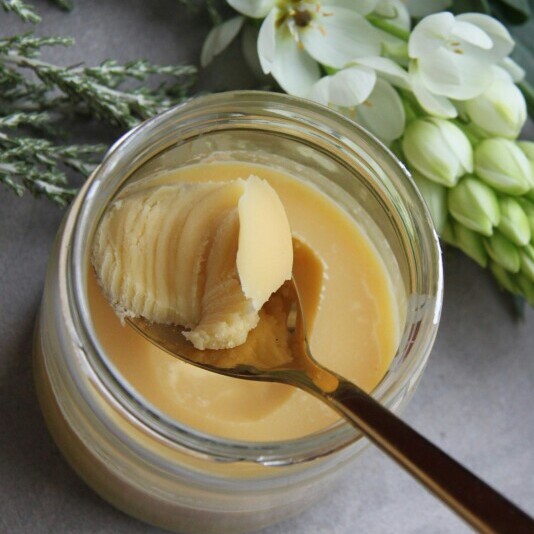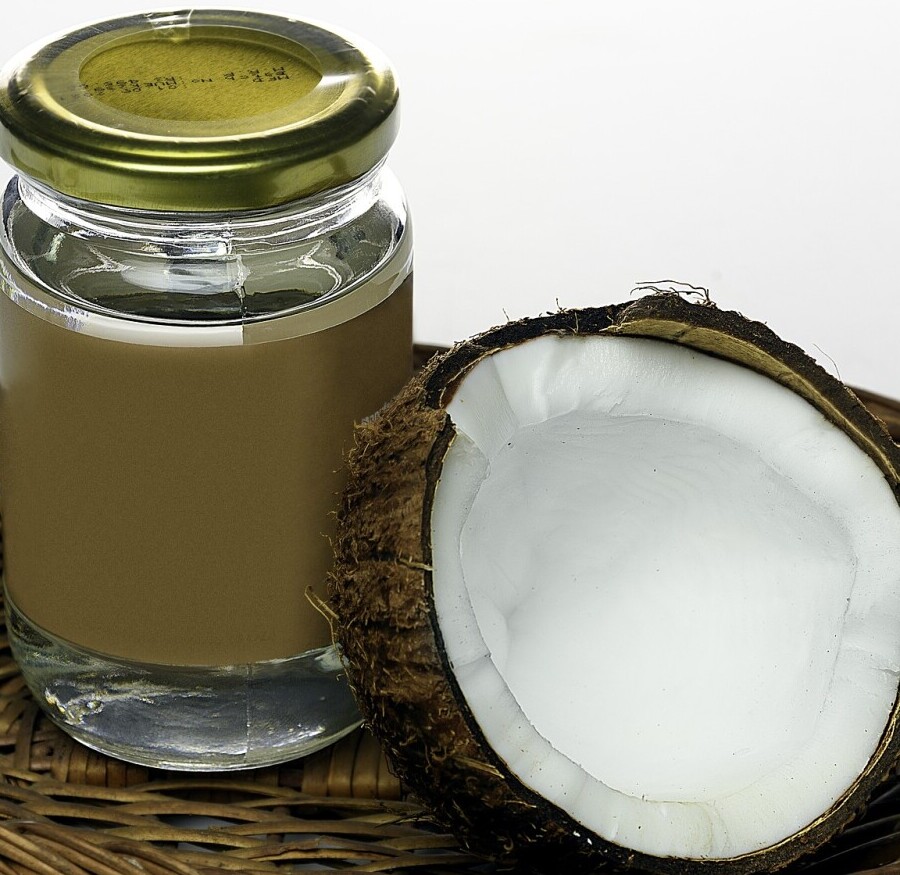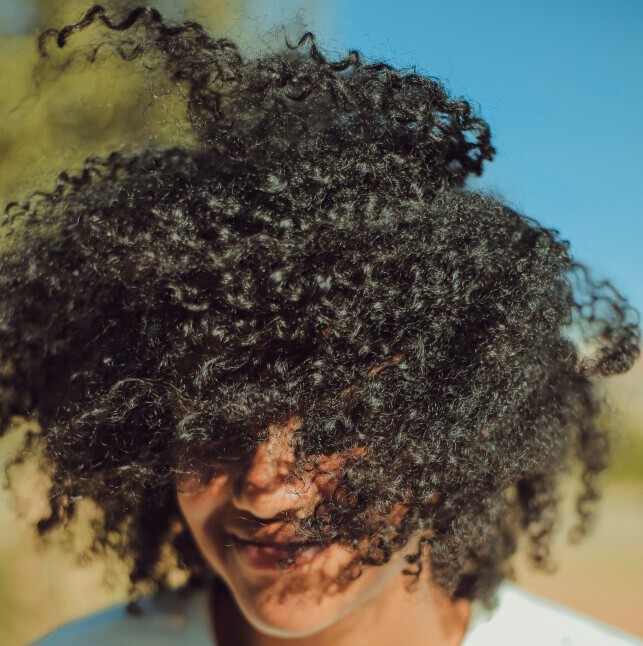Navigating the world with natural hair can be as much a personal journey as it is a cultural one. For those of us with textured hair, it’s often more than just hair; it’s a part of who we are. Understanding this connection can be incredibly empowering. Beyond just aesthetics, the cultural richness tied to natural hair is something that many, including myself, have gradually come to embrace.
For years, I battled societal pressures and stereotypes. Remember those awkward teenage years with endless straightening sessions, hoping to fit in? Many of us adopted styles that weren’t really us, just to blend into a beauty standard that didn’t resonate with our identity. It’s a shared experience that countless individuals face—an internal struggle to match external expectations. I remember one time I was taking public transport and someone asked me about my natural hair texture because I would never comb out my afro, but with time, I learned to appreciate it.
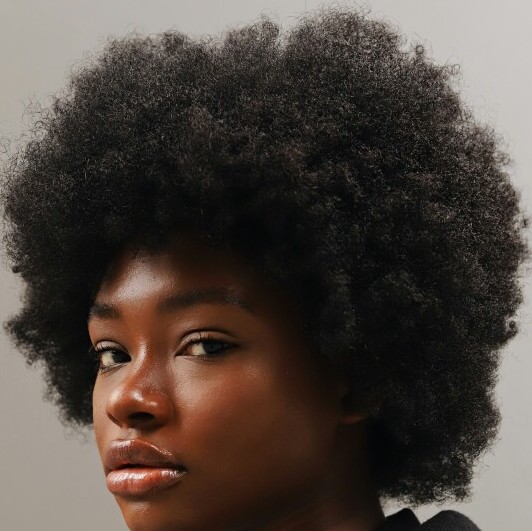
I remember those poignant moments when I realized the beauty in my curls and kinks. It wasn’t a sudden revelation but rather a collection of small affirmations that eventually became a profound understanding of self. The first time I let my hair coil freely, without manipulating it to fit another standard, was liberating. Each strand told a story, and for once, I was excited to listen.
It’s vital to explore the root of these stereotypes. Media often paints a limited picture of beauty, but embracing our natural selves challenges that narrow focus. The shift happens when we recognize that our hair is a powerful form of self-expression, deserving of celebration, not just tolerance.
The journey to acceptance is not just about embracing the physical features. It’s about understanding the heritage and recognizing the pressures that exist, then consciously choosing to rise above them. Taking time to truly see the beauty in your own texture helps dismantle the myths and stereotypes surrounding it. Together, we can make sure our representation reflects our reality.
Science Behind the Beauty: Embracing Hair’s Natural Structure
Let’s unravel the mystery behind our hair textures by diving into the science of it. Understanding hair types is a game-changer in acknowledging their beauty and informing how we care for them. Each strand grows in its own unique way, and trust me, there’s more to it than just wavy or curly.
Hair can be categorized into different types, and knowing yours can really guide how you treat it. Whether you’re rocking 3A curls, 4C coils, or somewhere in between, each has its needs and quirks. Ever noticed how some products work wonders for friends but not for you? That’s because your hair’s structure impacts how it reacts to moisture, styling, and even the weather.
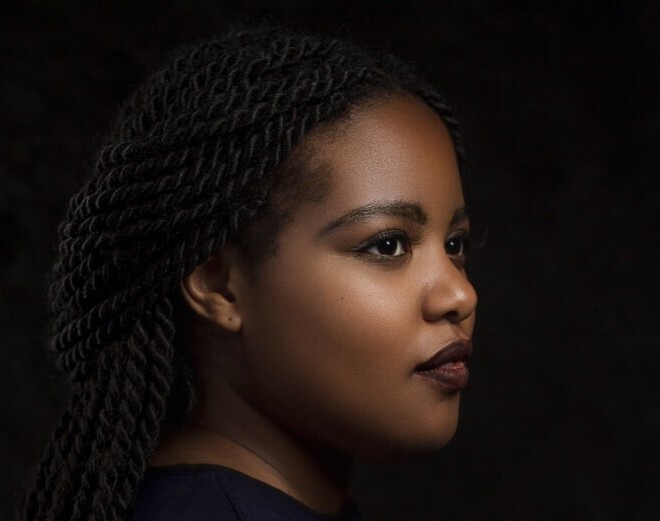
Finding the right hair care routine was a mix of curiosity and a lot of trial and error for me. I tried every product on the shelf, only to learn that understanding the porosity and thickness of my hair could save me time and money. Expert advice suggests focusing on moisture retention and gentleness, which sounds straightforward but can be quite a journey itself.
There’s also the element of debunking myths around natural hair care. Some think that textured hair is harder to manage, but knowing your texture uncovers the beauty of its manageability. Embracing these unique characteristics just requires the right products and techniques, like the LOC method (liquid, oil, cream) or protective styles to guard against harsh elements.
Every type of hair has its set of challenges, sure, but discovering solutions makes it easier to fully appreciate the natural beauty you possess. The journey may include experimenting with different techniques or connecting with communities for tips and support, so embrace this transformative experience and watch your natural hair thrive.
Cultivating a Healthy Hair Relationship: Best Practices
Finding the right hair care routine can feel pretty overwhelming at times, especially with all the advice out there, but creating a personalized regimen is key. It’s not just about products, but also about understanding what your hair truly needs to thrive. Catering to your unique texture means paying attention to how your hair responds to different treatments and conditions.
Moisture is your hair’s best friend. Textured hair naturally craves hydration, so incorporating a consistent routine helps lock in moisture and improve overall health. Whipping up a deep conditioning mask once a week or using a leave-in conditioner can make a world of difference.
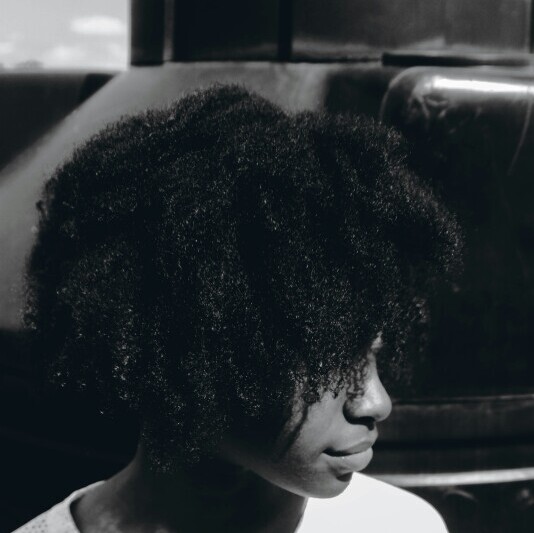
Protective styling is another game-changer. Putting your hair in styles that minimize stress and breakage, like braids, twists, or buns, helps guard against the elements and keeps your ends nice and healthy. Just remember, even with these styles, taking breaks and minimizing tension is crucial to prevent damage.
We’ve all had those days when our hair just won’t cooperate—frizz, shrinkage, and even breakage can pop up out of nowhere. Embracing these as natural occurrences rather than nuisances helps shift your perspective. Sometimes, adjusting how we handle these challenges can reveal better, more satisfying results.
The most important thing is to listen to your hair. It’s communicating its needs to you; sometimes it needs a little TLC or a switch in products. Being patient with this process is so important. As your relationship with your hair grows, you might find a balance that makes you feel confident and in tune with your natural self.
Community and Support: Building a Sisterhood of Advocacy
Feeling connected to those who share similar experiences is incredibly empowering, especially on a journey where society hasn’t always been the most supportive. Online communities have become amazing spaces where people share advice, inspiration, and encouragement for embracing natural hair. Sites like forums, social media groups, and blogs teem with people eager to connect and share their journeys.
Joining or even just observing these communities can provide so much more than just hair tips. The stories and personal experiences shared help us all feel seen and understood. It’s not just about overcoming challenges, but celebrating victories and milestones together—like learning to master a new hairstyle or finally having a good hair day after patiently working on a routine.
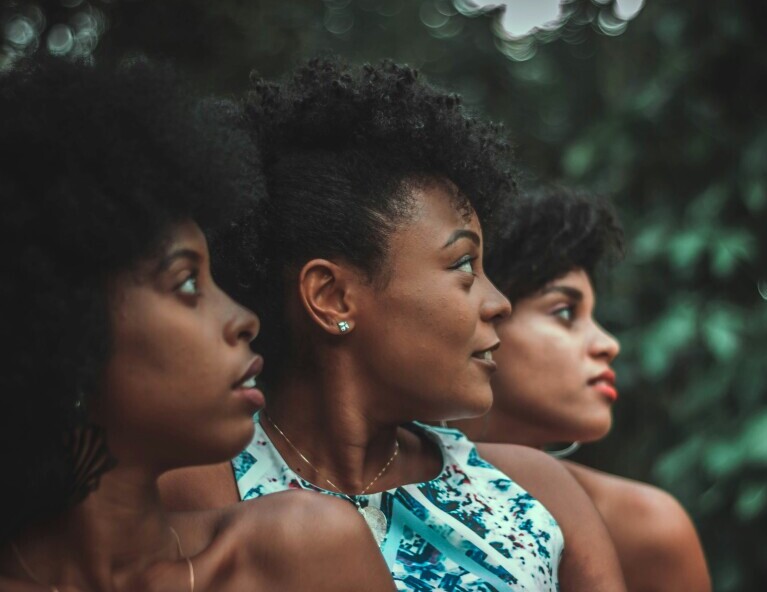
Local events and meetups centered around natural hair bring a whole new level of interaction. From hair expos to casual group gatherings, these spaces are alive with people learning from one another, sampling products, and just having fun. It’s less about hair perfection and more about fostering confidence and self-acceptance.
Voices and movements in the natural hair community make waves that ripple far beyond personal experiences. Figures like bloggers, authors, and social activists continue to push for better representation and challenge outdated norms. By highlighting their influence, it’s easier to see how much collective power and change is possible.
Building this sense of sisterhood isn’t exclusive to any one group—it’s about everyone feeling valued and empowered in their unique beauty. As support systems grow stronger and more inclusive, embracing our hair becomes not just a personal choice, but part of a broader cultural movement.
Embracing Diversity: Celebrating All Hair Textures in Society
Representation matters, and when it comes to hair, seeing a variety of textures showcased in media and society can be empowering. It’s encouraging to see the shift towards more inclusive beauty standards that celebrate our differences, yet, there’s still room for growth in how diverse hair is portrayed.
Historically, mainstream media didn’t always show textured hair in its natural form. Recently, though, there’s been a noticeable change as more films, TV shows, and advertisements feature characters and models with natural styles. This increased representation not only helps normalize all hair types but also uplifts those who felt underrepresented.

Navigating this landscape still comes with challenges. Conversations about hair inclusivity are essential in workplaces, schools, and social settings where biases might still exist. Educators, employers, and peers can support these changes by encouraging an environment that respects and celebrates individuality in hair.
Fashion brands and beauty industries play a vital role in this shift by presenting diverse representations. Highlighting different textures in campaigns and providing products suited for all types is a fantastic way businesses can influence cultural narratives.
Creating an inclusive world for natural hair involves everyone. By sharing our experiences and advocating for change, we contribute to an environment where everyone can express themselves freely. Embracing each other’s uniqueness not only celebrates our hair diversity but also enriches the broader culture with individuality and beauty.
